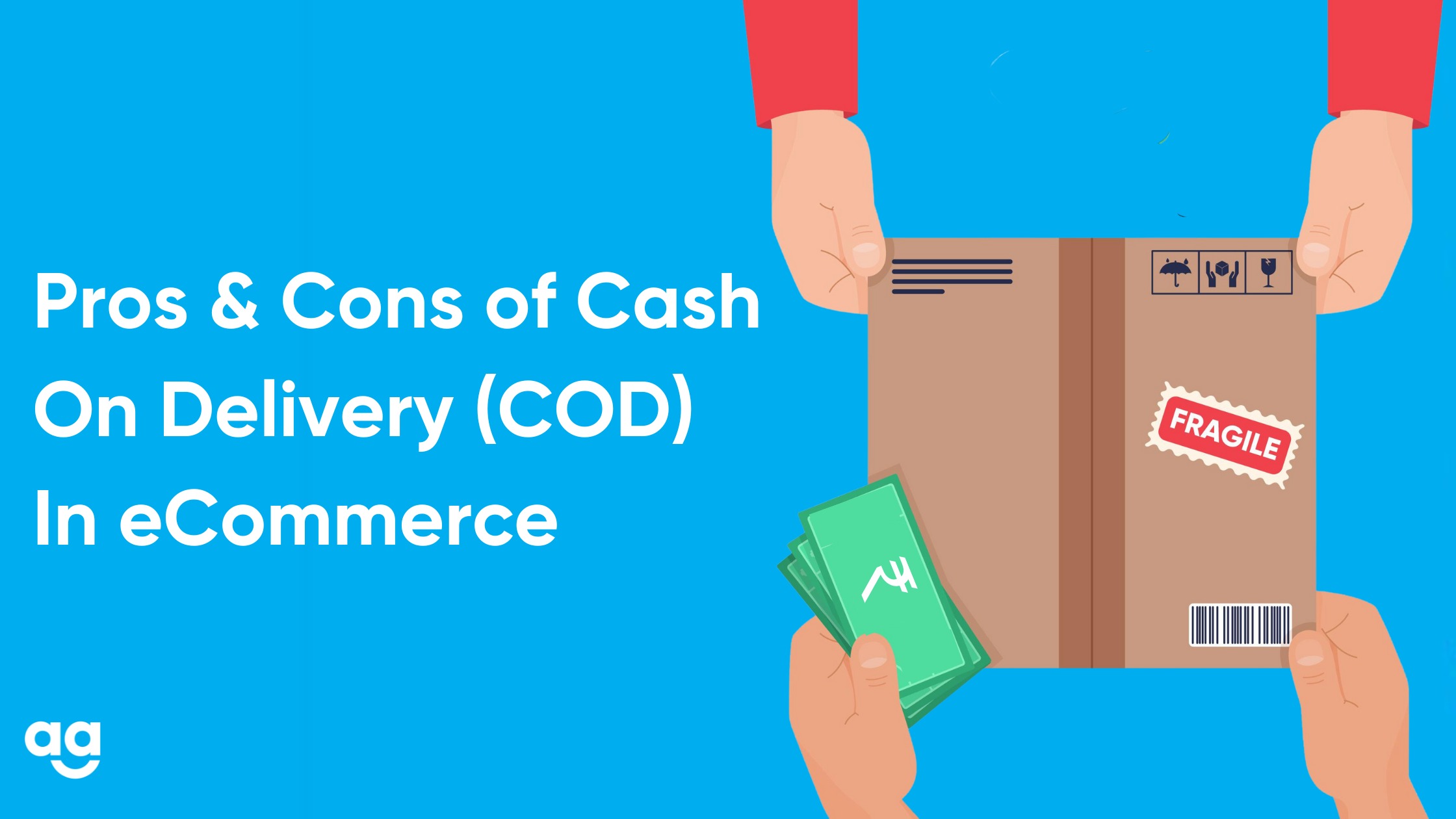In India’s fast-evolving eCommerce landscape, order fulfillment and payment methods play a pivotal role in shaping customer experiences and impacting a seller’s bottom line. Among the most debated decisions for online sellers is choosing between Cash on Delivery (COD) and Prepaid Shipping. While both options cater to different segments of the market, understanding their pros and cons is crucial for scaling efficiently.
This blog explores the advantages and drawbacks of both methods, with a special focus on Prepaid Shipping, helping Indian sellers make informed decisions.

Understanding the Two Models :
Before diving into pros and cons, let’s define the two shipping models clearly:
- Cash on Delivery (COD): The customer pays for the order only when it is delivered. It’s a popular choice in India due to trust issues and limited access to digital payment options in some regions.
- Prepaid Shipping: The customer pays upfront using digital methods (credit/debit cards, UPI, wallets, net banking, etc.) at the time of placing the order. This method is growing in popularity as digital infrastructure improves.
Pros of Cash on Delivery :
- Builds Customer Trust
- COD offers a sense of security to customers, especially first-time buyers. They pay only when the product is in hand.
- Wider Market Reach
- COD enables sellers to reach customers in rural or semi-urban areas where digital payment adoption may still be low.
- Boosts Sales for New Brands
- For newer or lesser-known brands, offering COD can reduce purchase hesitation and increase conversion rates.
Cons of Cash on Delivery :
- High Return Rates
- COD orders often face higher return-to-origin (RTO) rates, leading to increased logistics costs and wasted inventory cycles.
- Delayed Cash Flow
- Payments can take several days to reach sellers after delivery, impacting working capital and inventory planning.
- Operational Complexity
- Handling physical cash involves risks, reconciliation issues, and higher courier fees for COD handling.
- Increased Fraud Risk
- There’s a higher incidence of fake orders and refusals at delivery, leading to losses and inefficiencies.
Pros of Prepaid Shipping :
- Improved Cash Flow
- With Prepaid Shipping, sellers receive payments instantly or within a short window, improving liquidity and operational planning.
- Lower Return Rates
- Customers who prepay are more committed to receiving their orders, reducing RTO rates significantly.
- Lower Shipping Costs
- Couriers typically charge lower fees for prepaid deliveries compared to COD, helping sellers increase margins.
- Streamlined Operations
- Prepaid Shipping removes the need for cash handling, reduces the chances of fraud, and simplifies delivery processes.
- Faster Order Processing
- Orders with upfront payments can be processed and shipped faster, as there’s no need to select and assign cash handling couriers.
Cons of Prepaid Shipping :
- Limited Appeal to Certain Customers
- Some buyers, particularly in Tier II and III cities, may hesitate to pay in advance due to fear of scams or poor return experiences.
- Cart Abandonment Risk
- Forcing prepaid options only might increase cart abandonment, especially if customers expect COD as a standard offering.
- Dependence on Payment Gateways
- Issues like failed transactions, payment delays, and tech glitches can negatively affect customer satisfaction.
- Refund Handling Complexity
- While refunds are common in both models, handling and tracking refunds in Prepaid Shipping requires robust systems and customer support.
Prepaid Shipping vs COD: Which Is Better for Indian Sellers?
There is no one-size-fits-all answer. It often depends on the nature of the business, target audience, and geographic reach.
However, data suggests that Indian eCommerce is gradually leaning toward Prepaid Shipping due to the rise of UPI, increased trust in online transactions, and seller benefits such as lower RTO and faster settlements. Moreover, platforms that incentivize prepaid orders with discounts or loyalty points are seeing better customer retention and reduced operational strain.
For D2C (direct-to-consumer) brands, Prepaid Shipping enables better cash management and supports faster business scaling. That said, maintaining a hybrid model—offering both COD and Prepaid Shipping—can help balance customer expectations and business goals.
How to Encourage Prepaid Shipping Among Your Customers
To shift customer behavior, sellers can adopt strategies like:
- Offering Discounts: Provide small discounts or free shipping for prepaid orders.
- Displaying Trust Signals: Use badges like “100% Secure Payment” or display refund policies prominently.
- Ensuring Hassle-Free Refunds: Streamline refund processes and clearly communicate timelines to increase customer confidence.
- Using Smart Checkout Tools: Tools like ZipyPost can help simplify your checkout experience and compare courier rates in real time, supporting both COD and Prepaid Shipping models efficiently.
Final Thoughts
Both COD and Prepaid Shipping have a role to play in India’s dynamic eCommerce ecosystem. While COD may win on customer trust in some regions, Prepaid Shipping offers operational and financial advantages that cannot be ignored. As digital adoption accelerates, Indian sellers should lean more toward Prepaid Shipping while offering COD as a backup, ensuring they stay competitive and profitable in a rapidly changing market.
At ZipyPost, we help businesses optimize their shipping strategy through smart courier integrations, rate comparisons, and logistics support—empowering you to make the most of Prepaid Shipping and more.



